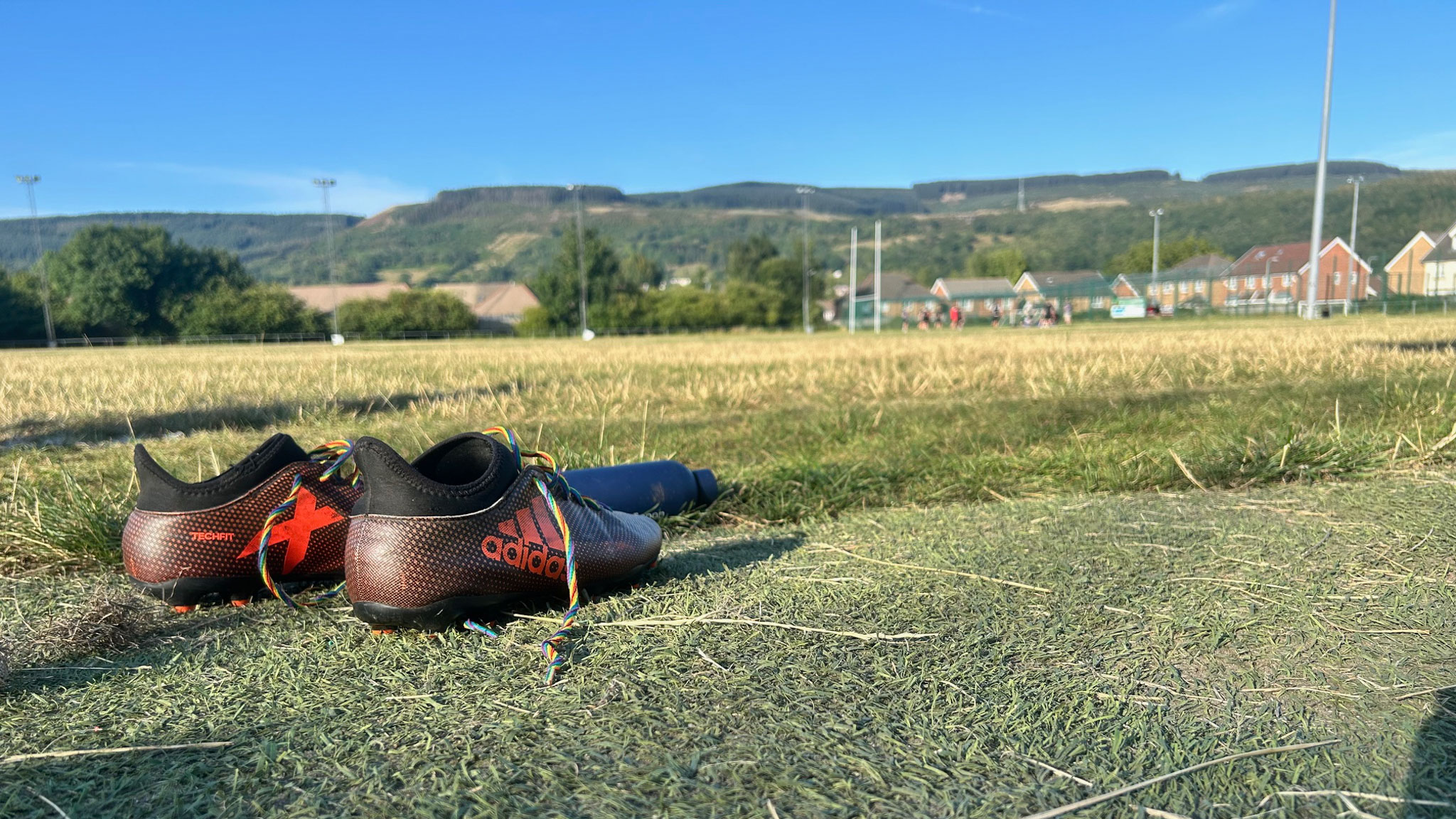Can players truly balance elite performance with the pressures of rugby’s drinking tradition?
In the upper tiers of Welsh rugby, the demands on players’ bodies are relentless. Training schedules, nutritional plans and recovery protocols are designed with precision, leaving little room for the indulgences that once defined the sport’s social side. Yet even at senior and semi-professional levels, the pull of rugby’s drinking culture remains strong.
As international flanker Sion Parry puts it: “I think across all levels, drinking together is quite a good thing, everyone will speak a bit more freely afterwards.” For Parry, who has played both in Wales and for Canada, that ritual of a shared pint still underpins rugby culture, even when the physical toll of alcohol runs counter to performance.
Post-match pints are still a common sight, and for many teams the trip to the clubhouse or local pub is considered just as much a part of the weekend as the match itself. The problem is, alcohol doesn’t always sit neatly alongside peak performance. From slowing recovery to disrupting sleep, the physiological impact can clash with the expectations of modern sports science. As personal trainer Tom Garner explains: “Sleep is king. Sleep is the greatest way you can recover; alcohol’s effect on sleep is monumental. Your sleep quality goes down because you can’t get into that REM sleep.”
That tension is familiar across the border, too. Speaking about his time with English Championship side Doncaster Knights, former social media and marketing officer Dom Leach recalls: “Even when you’re at a professional level, there is still an element of ‘OK, this is the one day that I’m allowing myself to go out and drink, and so I’m going to take full advantage of it.’” For many, that means staying in the clubhouse after a game, buying rounds with teammates and opposition players, and sometimes heading into town afterwards.
It’s a tradition that has been openly celebrated by some of the sport’s biggest names. During the 2013 Six Nations, former Wales and Lions prop Adam Jones famously declared: “I have always found beer is the best thing for these sort of things to be honest. I think people get caught up with team-building exercises, but if you lock 35 guys in a bar, I think that is probably the best way.” For Jones’s generation, alcohol was not just a social lubricant but a cornerstone of squad culture.
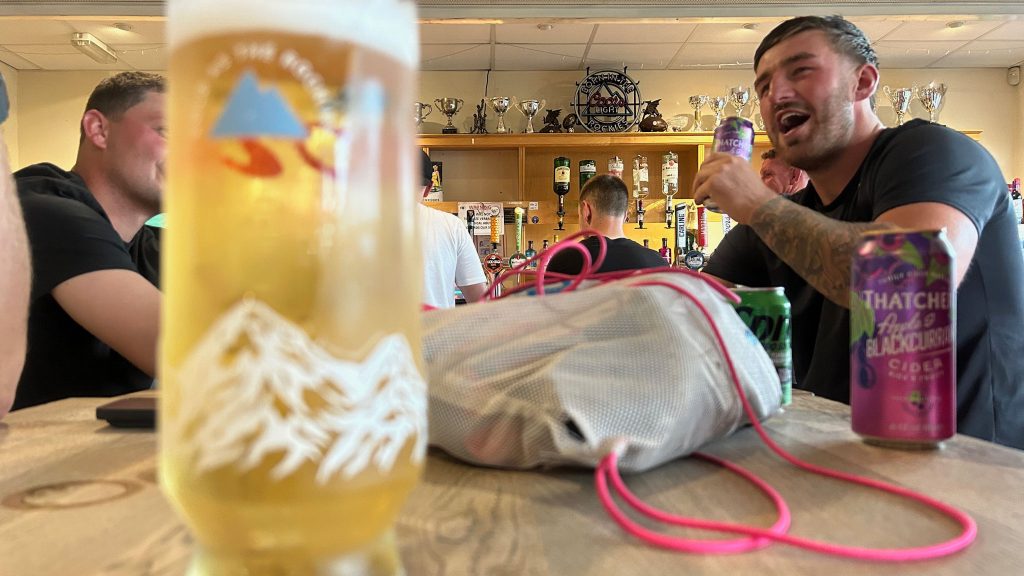
While this attitude is still rife across the game, experts are quick to point out its drawbacks. Andrew Misell of Alcohol Change Wales says: “If that’s the only way you can build a team, then your team will only ever include people who are willing to drink at that level, If you make that a condition of joining the club, then some people won’t join.”
Sports scientists are increasingly clear about alcohol’s impact on athletic recovery. Studies have shown that even moderate intake reduces the rate of glycogen resynthesis, the process by which muscles replace energy after exertion. Alcohol is also a diuretic, pulling water from the body at the very moment it needs to rehydrate. For athletes who must train multiple times a week or play back-to-back fixtures, those marginal losses matter.
Tom sees it every week in his Swansea gym: “Alcohol impairs your ability to absorb nutrients, and it affects your hydration as well. So your performance in the gym isn’t going to be as good. You’re more likely to cramp up. You’re not going to recover as well between sets.” Research backs him up: alcohol not only disrupts sleep but also blunts muscle protein synthesis, the process by which muscles repair and grow after exercise. “It’s still going to put a ceiling on the progress that you make, because you’re not going to recover as well,” Tom adds.
The difference, he says, can be stark. “I had one client, in the winter months, he would actually do a very good job of not drinking. And the amount of progress he made was ridiculous. Within a couple of months, we managed to get his bench press up from 80 kilos up to nearly 120 kilos, which is mad. Comparing that then to him in the summer months, his performance wouldn’t be as good; there were times where we had to cut the sessions early.”
Another client showed the other side of the coin. “He might not drink the same amount of quantity, but his frequency was a lot more. Because he was drinking so frequently, there would be so many nights he’d struggle sleeping. We’d have quite early morning sessions, and it would take him almost half the session to just get into it. Those first few sets, those first few exercises, he really struggled with the motivation.”
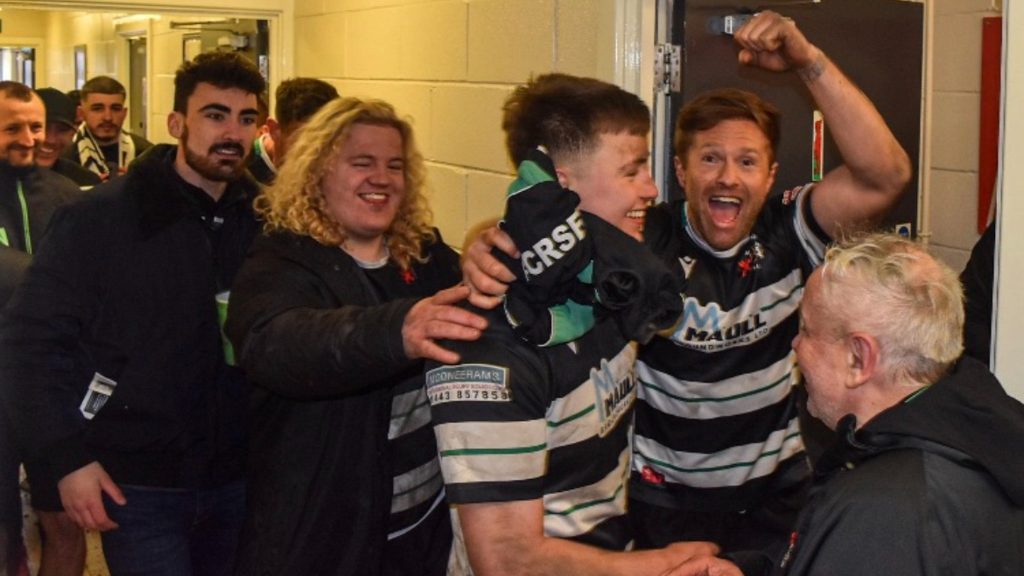
This isn’t new. In the 1970s and 80s, Welsh internationals would regularly travel from matches straight into club bars, where alcohol was a form of currency as much as camaraderie. Players would recount stories of drinking ‘yards of ale’ after scoring tries, or being fined with pints for training errors. Alcohol was woven into the rituals of belonging.
For current players, that legacy still matters. Parry says the drinking culture in Wales runs deeper than just rugby itself: “Socially and culturally in Wales, there’s more drinking outside of the sport, and I don’t know whether that then transfers into it in the lower down levels, where people are going out midweek, watching football in the pub, and still doing that even if they’ve got a game on Saturday.”
Parry admits he hasn’t struggled personally; he can happily go “five or six weeks with no drinking”, but he recognises the performance benefits of cutting back. “I’d rather not have it and feel a bit fresher without it,” he explains. “The higher up you go, the more respect you get for focusing on performance, at the semi-pro level, there’s a mix. Some boys coming back from the regions are less likely to drink compared to club lads who are used to it in their social lives.”
The culture is reinforced not just by habit but by infrastructure. “Revenue in lots of clubs is related to the bar, the take at the bar in clubs that are keeping on going because there’s not tons of money in the areas,” Parry points out. For many semi-pro outfits, the economics of rugby and alcohol are intertwined, a reality that complicates efforts to professionalise recovery routines.
Tom admits that rugby’s drinking culture nearly put him off the sport altogether: “It was actually the drinking culture and with all those types of initiations and whatnot that put me off playing in the rugby union squad, and that directed me to rugby league.” He says league offered the same camaraderie without the same pressure: “Don’t get me wrong, you still, on the Wednesday after a game, go out and have a night out and whatnot. But it was less of a culture involved. It was a bit more casual.”
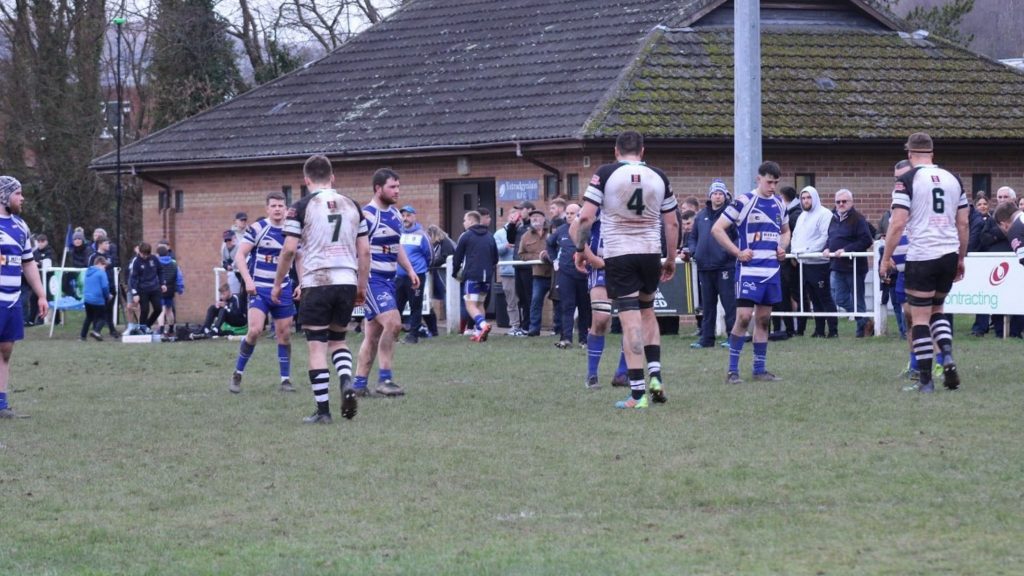
That sense of reward lingers today. Leach notes that while some players treat a pint as a hard-earned indulgence, believing “they’re allowed to treat themselves with a drink here and there, but then still turn up on a Saturday the week after and put in an absolute shift,” others are more cautious.
Parry has seen the same dynamic in Canada and Wales. “Coaches don’t really mind it too much, at one camp in Canada, after a hard training block, we were even given a night off to go out on a pub crawl. But it’s always structured. You’re not doing it the week of a big game. And in semi-pro Wales, you don’t get that many lads sticking around after a normal match because they’re coming in from all over the place. It’s more likely to be organised socials than casual drinking every week.”
Henry, who spent four years in a university rugby club, one of those as welfare secretary for the club, saw the same trend. “I can recall a high number of players in the High Performance team who didn’t drink, whether for performance reasons or personal reasons, and that was fine. They’d still come to socials after games, and everyone celebrated with them just the same.”
He adds that the idea of alcohol being “essential” to team bonding is overstated: “You don’t need drinking to be part of it. Obviously, it helps lubricate the pipes and gets the chants going a bit louder, but it’s not necessary. High-performance players who don’t drink are still as welcome as anyone else.”
The generational shift is becoming harder to ignore. Surveys suggest younger people across the UK are drinking less, with YouGov reporting in 2023 that 39% of 18–24 year olds now class themselves as “non-drinkers.” Tom sees the change first-hand: “This younger generation is the most sober out of all age ranges, I would argue that it’s evident.”
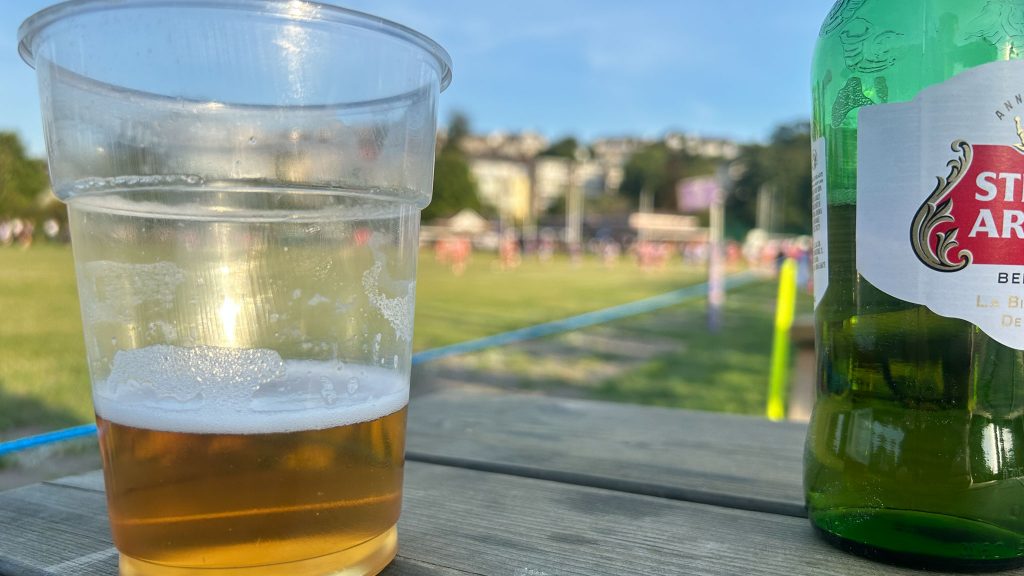
Parry has noticed some change, too, but with caveats: “It’s a bit of a mixed bag. It depends on who it is, I can’t say I’ve really seen a definite thing where younger boys aren’t drinking as much, but I think at higher levels there’s more respect if someone says they’re cutting back for performance reasons.”
Henry noticed the same pattern in his own club: “Oh, I’ve definitely seen recently, in the past two years, there have been a lot less people drinking. Which is good for their health, but they just seem not to be buying into the club really. My experience is, if you buy in, you make the best friends and get the most out of it.”
That shift is mirrored at the elite level, too. Australian international Joseph Sua’ali’i is among a growing number of professionals who abstain altogether, seeing sobriety as a competitive advantage in a sport where marginal gains can make the difference between selection and the bench. Clubs themselves are adapting, with alcohol-free beers and recovery shakes increasingly replacing the trays of lager once brought into dressing rooms.
Yet rugby still finds itself tied commercially to alcohol. Pubs and breweries remain key sponsors of grassroots clubs, with bar revenue underpinning survival for many community sides. Semi-professional outfits often rely on match-day bar takings to cover basic running costs. That reality creates a tension: alcohol pays the bills, but it also undermines the athletic performance of the very players drawing in crowds.
The question now is whether Welsh rugby can square its tradition of pints and post-match bonding with the increasingly professional demands on athletes. Can a sport rooted in working-class clubhouses adjust to a culture of performance science, sobriety, and longevity?
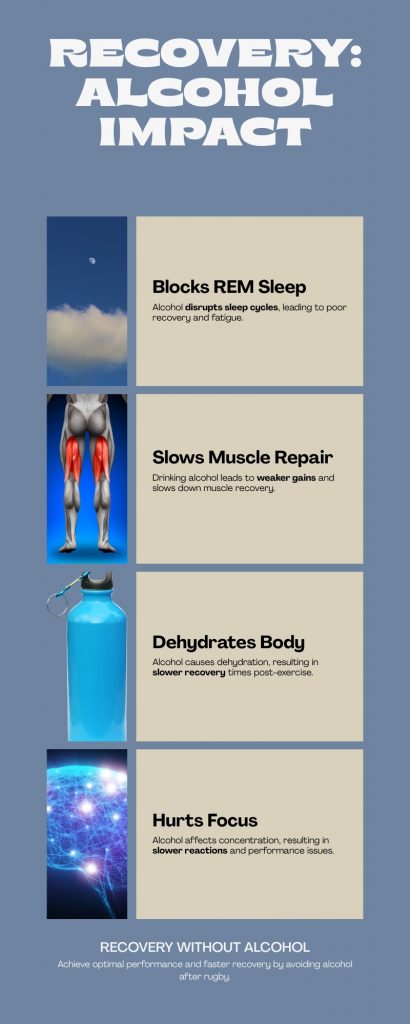
For Tom, the answer lies in awareness rather than prohibition: “I would never shun drinking, I think if drinking has a positive effect on your social well-being, I don’t think that’s a bad thing at all. However, I don’t believe that people who don’t drink should be shunned because of it.”
It’s a view shared by Misell, who argues that the future isn’t about erasing alcohol from rugby culture but broadening what belonging looks like. For clubs, that might mean offering coffee machines and alcohol-free spaces. For players, it could mean reimagining the “reward” for sacrifice as something other than a pint.
Parry, too, recognises that balance. “I’d say rugby in Wales probably does have a bit of a drinking problem, just because of how tied clubs are to their bars,” he reflects. “But at the same time, drinking together is still encouraged as a way of bonding. It’s about not forcing it; if someone doesn’t want to drink, that should be respected.”
What’s certain is that the clash between rugby’s social past and its professional present will continue to shape the game in Wales. For every Adam Jones celebrating beers in a bar, there will be a Joseph Sua’ali’i refusing a sip. And somewhere in between are the thousands of semi-professionals, balancing the demands of training with the rituals of tradition, knowing that every pint carries a price.
